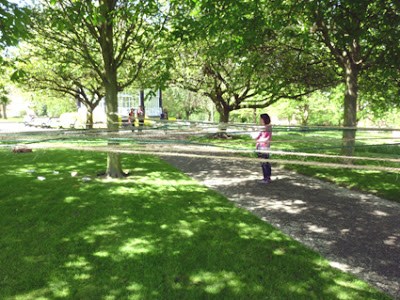 |
| Hop tops, delicious steamed with a little butter! |
Unusually cold weather has meant
spring was delayed this year with opportunities for picking seasonal wild food being somehow prolonged. Not a bad thing all in all...
A few weeks ago the young shoots
of alexanders found in local parks near me could be picked, steamed and eaten much
like asparagus. Now they are far too woody. You can still taste their amazing aroma, but
only after chewing the pith as you would with a stick of licorice, so it’s
hardly worth the trouble. Apparently if you peel and fry them, they tenderise, and the flowers can be eaten too, but I haven't tried this yet. The wild
garlic has all but gone now, but I managed to find some three-cornered
garlic the other day, though very much on its last legs. The leaves are delicious, and the flowers are great in a vase!
 |
| Wild garlic |
 |
| Three cornered garlic |
Hops are on the attack at the
moment, creeping over whatever they can in competition with the
bindweed. The are tasty with butter and pepper after a little steaming. Don’t be tempted to
cut more than 10” from the end though, as you’ll have the same problem as with
the Alexanders. The garlic mustard (or Jack-by-the-hedge) is blooming at the moment and ripe for picking,
as is the ground elder.
 |
| Garlic mustard |
 |
| Comfrey |
More foraging and culinary
tips can be found in Roger Phillips’ Wild Food book, which is has been my bible when
out and about looking for lunch. Richard Mabey’s Food for Free publication is great too,
and pocket sized which is helpful. I never leave home without it these days.
 |
| Nettle pith and twined bark |
Off to pick some nettles now,
which turn out to be most useful of plants: use the top leaves to make soup or pesto (using almonds instead of pine nuts), the older leaves to make blue/green dye, and use the bark and pith for cordage and
basket weaving. The plant is a good diuretic and also combats the symptoms of hay fever. Not sure what to
do with the roots yet, but will get back to you as soon as I know.
See you are what you weave, make bindweed a bonus and sycamore is for curiosity for more info on edible plants and
hedgerow basketry.


























